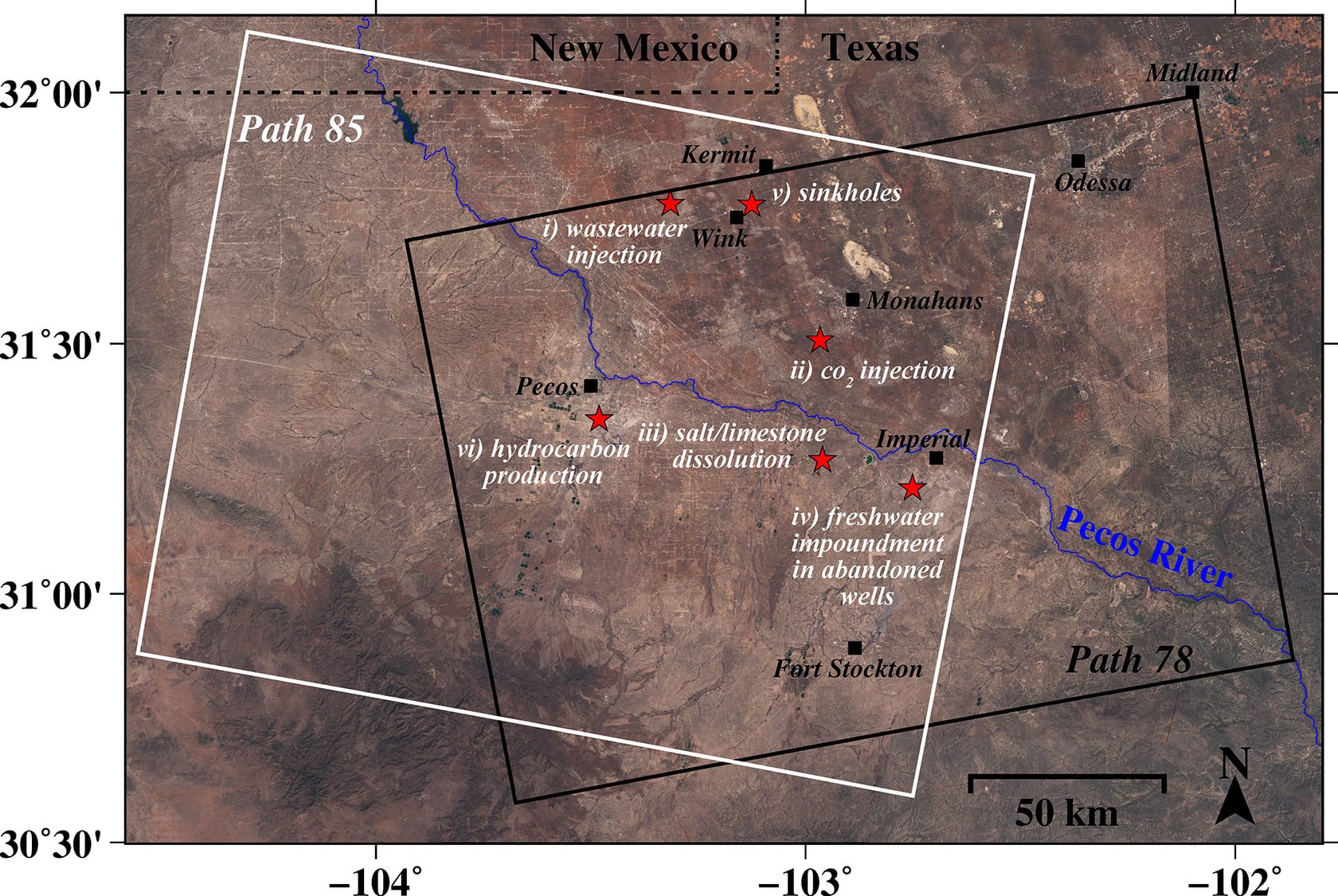Even with the right to health care secured, medical assistance is elusive for urban refugees in India.
The anthropology publication SAPIENS has published an article by SMU doctoral candidate Ashvina Patel.
SAPIENS is an editorially independent publication of the Wenner-Gren Foundation for Anthropological Research Inc., which is dedicated to popularizing anthropology to a broad audience.
The article, “Why Aid Remains Out of Reach for Some Rohingya Refugees,” published May 17, 2018.
The article resulted from Patel’s 11-month stay in New Delhi, India, in which she interviewed residents of three urban refugee settlements. The purpose was to understand how issues of geopolitics and domestic policy inform various types of human insecurity for refugees.
Patel is currently a visiting student fellow at Oxford University’s Refugee Studies Centre, where she is developing further publications on Rohingya refugee displacement.
She is a doctoral candidate in SMU’s Department of Anthropology. Patel holds an M.A. degree in Cultural Anthropology from SMU and an M.A. in Religion from University of Hawaii, Manoa. As a doctoral student, her research focuses on issues of human insecurity among Rohingya refugees in the context of American resettlement as well as within New Delhi, India as urban refugees. Her research work focuses specifically on defining the subjective experience of human insecurity and how various forms of insecurity are informed by statelessness.
Patel is a student of SMU anthropology professor Caroline Brettell, an internationally recognized immigration expert and Ruth Collins Altshuler Professor and Director of the Interdisciplinary Institute. Brettell is a member of the American Academy of Arts and Sciences.
A private operating foundation, Wenner-Gren is dedicated to the advancement of anthropology throughout the world. Located in New York City, it is one of the major funding sources for international anthropological research and is actively engaged with the anthropological community through its varied grant, fellowship, networking, conference and symposia programs.
It founded and continues to publish the international journal Current Anthropology, and disseminates the results of its symposia through open-access supplementary issues of this journal. The Foundation works to support all branches of anthropology and closely related disciplines concerned with human biological and cultural origins, development, and variation.
EXCERPT:
From the field notes
of SMU PhD candidate Ashvina Patel
Ameena (a pseudonym) is a 25-year-old Rohingya refugee in New Delhi, India, who is seven months pregnant with twins. Her face is gaunt. Often there isn’t enough food at home for her family of five. Nestled among other shanty houses, her home is made of bamboo with scrap boards as paneling; a tattered piece of cloth serves as the front door. Recently, the monsoon rains caused her to slip and fall. Now one of the babies in her womb is not moving. She knows she needs to see a doctor, but she cannot afford one.When Ameena fled acts of genocide perpetrated by her own government of Myanmar in 2012, she and her husband came to New Delhi. They both suffer from debilitating deformities due to polio, and they heard that the United Nations High Commissioner for Refugees (UNHCR) office in New Delhi was helping Rohingya refugees. The UNHCR partners with the Indian government to provide free aid to help people obtain an education, a livelihood, and health care.
But as Ameena and others would learn, being offered access to aid isn’t always enough. Barriers to procuring those free resources often leave urban refugees to fend for themselves; many find they have to negotiate a system that inadvertently creates obstacles to reaching that aid.
Having spent 11 months with the Rohingya community in India from 2015 to 2017, I repeatedly saw how aid missed its intended target. As the UNHCR creates solutions to challenges that refugees face, these solutions can also serve as a catalyst for new obstacles or deepen already existing insecurities by creating additional barriers that are financial, linguistic, cultural, or exploitative. The UNHCR does a lot of good, but the organization could do a better job addressing challenges refugees face in accessing the services to which they are permitted.




